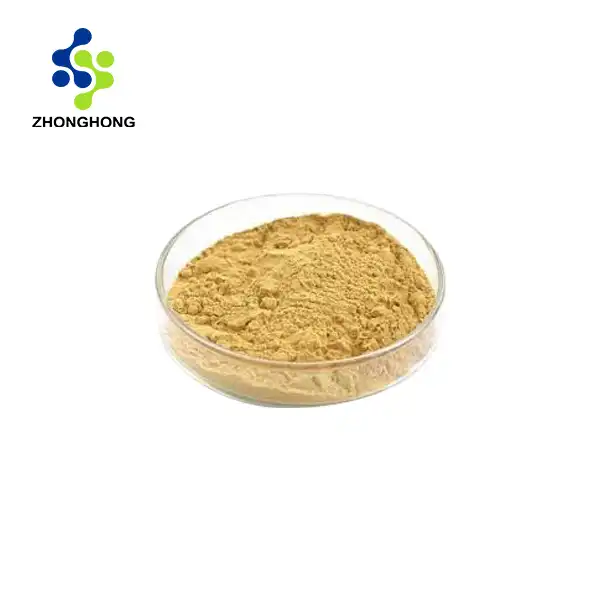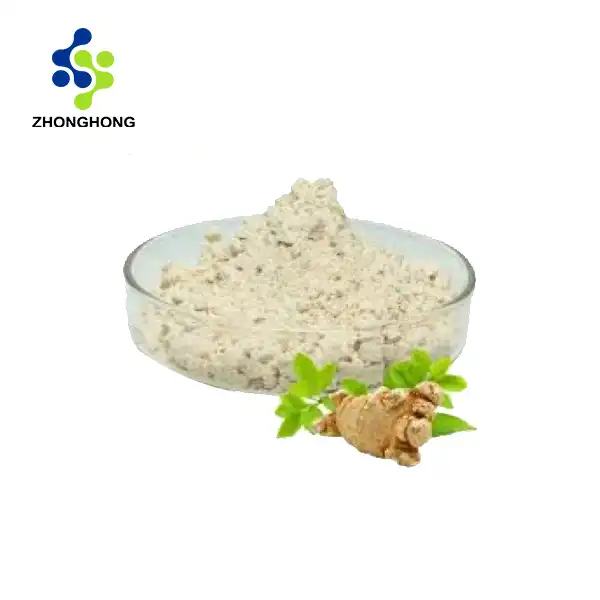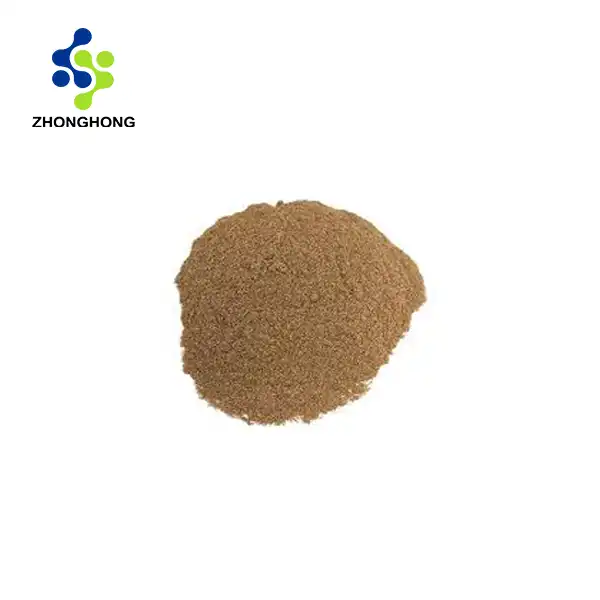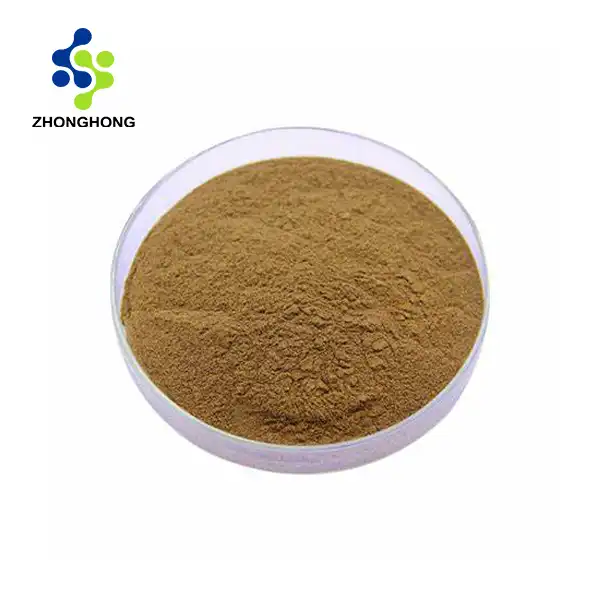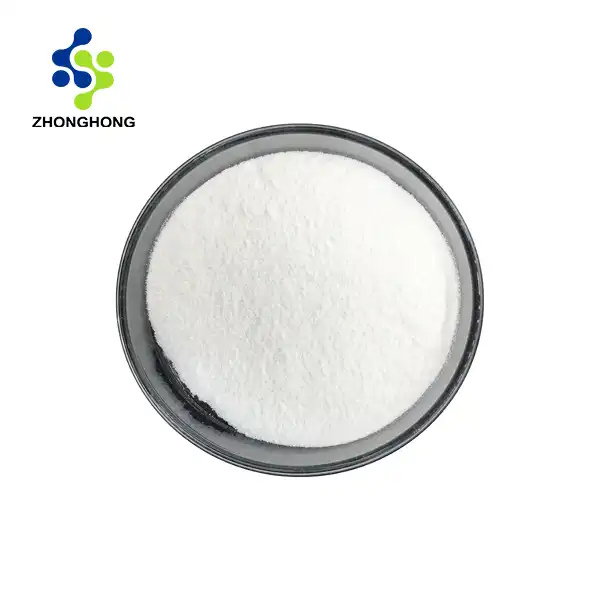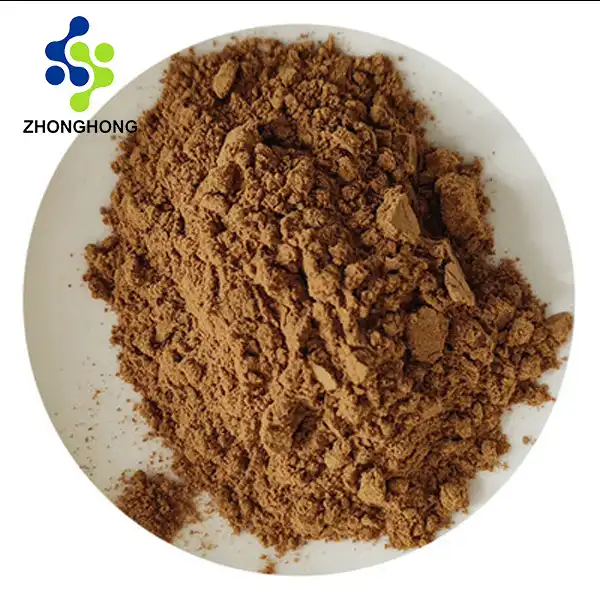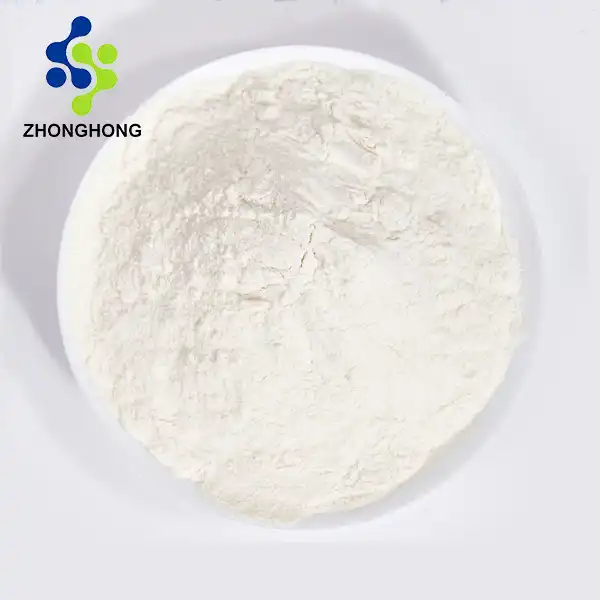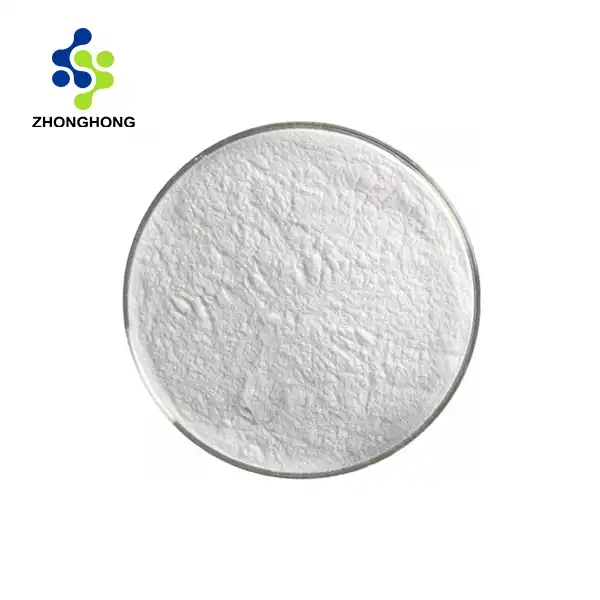Stachyose Powder, a fascinating oligosaccharide found in various plant sources, has garnered significant attention in the scientific community and industries alike. When considering its molecular structure, a common question arises: Is stachyose highly branched? The answer is no, stachyose is not highly branched. In fact, it is a linear tetrasaccharide composed of two galactose units, one glucose unit, and one fructose unit. This straight-chain structure contributes to its unique properties and functions in both natural systems and industrial applications. The linear nature of stachyose allows for efficient digestion by specific enzymes and plays a crucial role in its prebiotic effects. Understanding this structural characteristic is essential for biotechnology companies, pharmaceutical firms, food manufacturers, and cosmetics producers who utilize Stachyose Powder in their research, development, and production processes. The linear configuration of stachyose influences its solubility, stability, and interactions with other molecules, making it a valuable ingredient in various industries.
Chemical Structure and Properties of Stachyose
Molecular Composition of Stachyose
Stachyose is a tetrasaccharide composed of two α-1,6-linked galactose units, one α-1,6-linked glucose unit, and one β-2,1-linked fructose unit. This specific arrangement results in a linear structure, contrary to the misconception that it might be highly branched. The chemical formula of stachyose is C24H42O21, reflecting its complex yet orderly composition. The linear nature of stachyose contributes to its unique properties, including its role as a prebiotic and its ability to resist digestion in the upper gastrointestinal tract.
Physical Characteristics of Stachyose Powder
Stachyose Powder, the purified and dried form of this oligosaccharide, exhibits several notable physical characteristics. It appears as a white to off-white, odorless powder with a slightly sweet taste. The powder is highly soluble in water, forming clear solutions at various concentrations. This solubility is partly due to its linear structure, which allows for efficient hydration. The powder's stability under normal storage conditions makes it an attractive option for industrial applications, particularly in the food and pharmaceutical sectors.
Comparative Analysis with Other Oligosaccharides
When compared to other oligosaccharides, stachyose's linear structure sets it apart. For instance, while some oligosaccharides like amylopectin exhibit highly branched structures, stachyose maintains its straight-chain configuration. This linear arrangement influences its behavior in various applications. In food products, it contributes to texture and stability differently than branched oligosaccharides. In pharmaceutical formulations, its linear structure may affect drug delivery mechanisms and bioavailability. Understanding these structural differences is crucial for researchers and product developers working with Stachyose Powder.
Industrial Applications of Stachyose
Stachyose in Biotechnology Research
The linear structure of stachyose plays a significant role in biotechnology research. Its well-defined composition makes it an excellent model for studying carbohydrate metabolism and enzyme kinetics. Biotechnology companies often use Stachyose Powder as a standard in developing new analytical methods for oligosaccharide detection and quantification. The compound's resistance to digestion by human enzymes also makes it valuable in research on gut microbiota and prebiotic effects. Researchers can leverage the linear nature of stachyose to design targeted interventions for modulating intestinal health.
Pharmaceutical Uses of Stachyose
In the pharmaceutical industry, the linear structure of stachyose offers unique advantages. Its resistance to upper gastrointestinal digestion allows for targeted delivery to the colon, making it useful in formulations for colon-specific drug delivery systems. Stachyose Powder is also being explored as a potential excipient in various pharmaceutical formulations. Its linear structure contributes to its stability and compatibility with a wide range of active pharmaceutical ingredients. Additionally, the prebiotic properties of stachyose are being investigated for potential therapeutic applications in gastrointestinal disorders and immune system modulation.
Food Industry Applications
The food industry has found numerous applications for Stachyose Powder, capitalizing on its linear structure and associated properties. As a prebiotic fiber, it can be incorporated into functional foods to promote gut health. The powder's high solubility and stability make it suitable for use in beverages, dairy products, and baked goods. Its mild sweetness, coupled with its low glycemic index, makes it an attractive option for developing reduced-sugar products. Food companies also appreciate stachyose's ability to improve texture and moisture retention in various food formulations, attributes partly due to its linear molecular arrangement.
Safety and Regulatory Considerations
Toxicological Profile of Stachyose
The safety profile of stachyose is a critical consideration for its industrial applications. Extensive toxicological studies have been conducted to evaluate its potential health effects. The linear structure of stachyose contributes to its low toxicity profile, as it is not readily absorbed in the upper gastrointestinal tract. Acute and chronic toxicity studies have demonstrated its safety at typical consumption levels. However, as with many prebiotics, excessive consumption may lead to gastrointestinal discomfort in some individuals. This aspect is particularly important for food and pharmaceutical companies incorporating Stachyose Powder into their products.
Regulatory Status and Approvals
The regulatory landscape for stachyose varies across different regions and industries. In many countries, it is classified as a novel food ingredient or a dietary fiber, subject to specific regulations. The U.S. Food and Drug Administration (FDA) has granted Generally Recognized as Safe (GRAS) status to certain stachyose-containing ingredients. In the European Union, stachyose falls under the Novel Food Regulation. Companies working with Stachyose Powder must navigate these regulatory frameworks, ensuring compliance with labeling requirements, permitted use levels, and safety standards. The linear structure of stachyose often simplifies regulatory assessments compared to more complex, branched oligosaccharides.
Quality Control and Standardization
Ensuring the quality and consistency of Stachyose Powder is paramount for industrial applications. The linear structure of stachyose facilitates standardization processes, as its well-defined composition allows for precise analytical methods. Quality control measures typically include assessing purity, moisture content, and the presence of potential contaminants. Advanced techniques such as high-performance liquid chromatography (HPLC) and mass spectrometry are employed to verify the structural integrity and purity of stachyose in commercial preparations. Manufacturers must adhere to Good Manufacturing Practices (GMP) and implement rigorous quality management systems to meet the stringent requirements of the biotechnology, pharmaceutical, food, and cosmetics industries.
Conclusion
In conclusion, stachyose's linear structure, rather than being highly branched, underpins its versatility across various industries. From its role in biotechnology research to its applications in pharmaceuticals, food, and beyond, Stachyose Powder continues to demonstrate its value. Understanding its unique properties is key to unlocking its full potential in diverse applications. If you want to get more information about this product, you can contact us at liaodaohai@gmail.com.
_1728976869676.webp)
